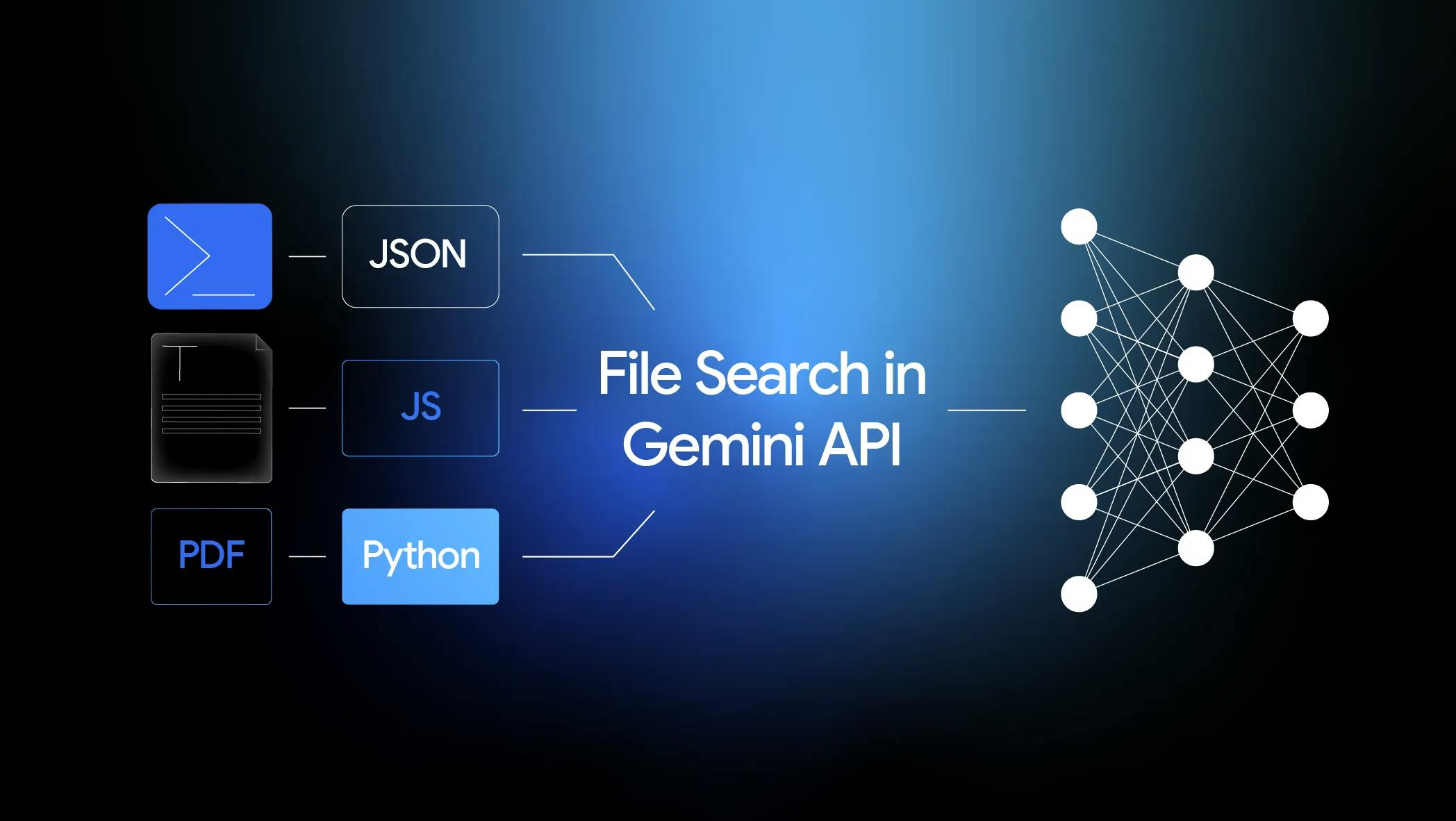I recently came across a report by Ukrainian researchers analyzing the key trends, challenges, risks, and opportunities of developing Large Language Models (LLMs) at the state level. It compiles global practices in building national LLMs and explores the feasibility of investing in this direction.
What is revealing in the report is that GovTech projects today place as much hope in AI as modern businesses do. This signals a turning point:
AI is no longer just a corporate innovation but is rapidly transforming into state-level infrastructure, with nations competing to harness it in pursuit of digital sovereignty.
When Technology Serves the State
LLMs are moving beyond R&D labs and startups into the very core of governance. Governments are already experimenting with them to simplify regulatory work, reduce bureaucratic delays, and support citizen communication. AI-powered assistants are helping officials process legal texts, analyze procurement contracts, and ensure compliance with public spending rules.
In social services, LLM-based hotlines are offering guidance to farmers, citizens seeking benefits, or people navigating complex legal processes. These tools don’t replace human officials, but rather filter, summarize, and structure information, allowing governments to operate faster and more transparently.
Healthcare is another key frontier. Medical staff are increasingly using LLMs to generate discharge reports, summarize patient histories, or predict potential complications. By processing vast amounts of medical data, these systems enable physicians to save time and focus on patient care rather than paperwork.
Defense and security might be the most sensitive but also the most transformative domains. Here, LLMs are being applied to open-source intelligence (OSINT) analysis, military planning, and even handling communication in a military tone of voice. Unlike commercial applications, these deployments often occur in highly restricted environments, where sovereign control over data and infrastructure is maintained.
A telling metric of this shift: in 2024, government use of AI grew by more than 1.5× compared to 2021, fueled largely by national LLMs outperforming global ones in local benchmarks.
Strategies and Priorities
The first wave of national AI strategies occurred between 2019 and 2020, during which the focus was broader, encompassing digitalization, talent development, and ethical frameworks. Today, those strategies are being updated with LLMs at the center, explicitly. The priorities are clear:
- Technological autonomy — reducing dependence on US or Chinese models and investing in local capacity. For smaller states, this often means joining the EU or regional initiatives; for larger states, it implies building sovereign supercomputers and models from scratch.
- Ethics and law — ensuring compliance with international standards, protecting personal data, and preventing bias. Transparent governance of AI is emerging as a soft-power tool: countries that demonstrate ethical leadership can influence global norms.
- Infrastructure — from Europe’s Leonardo supercomputer to India’s Bharat Gen project, the physical layer of AI matters as much as the models. Access to high-performance computing is now a matter of national strategy.
- Data — national archives, libraries, and public datasets are being restructured into training corpora. Programs like Horizon Europe and CLARIN both fund research and develop legal frameworks for the safe use of data.
- Human capital — beyond infrastructure, success depends on people. Many countries are channeling funds into startups, research centers, and AI-focused universities to ensure long-term capacity.
Funding and Scale
Building sovereign LLMs requires serious money. Some examples stand out.
The EU aims to maintain Europe’s competitiveness in the global race by pledging to invest €1 billion annually through 2027 to strengthen AI ecosystems across its member states. The Netherlands is allocating €204.5 million for the development of local AI initiatives, which underscores its commitment to building a robust domestic capacity. The Brazilian government has invested $4.2 billion in national AI programs, of which $200 million is specifically reserved for the creation of a national LLM. Meanwhile, India has launched the ambitious IndiaAI Mission, investing $1.2 billion in projects like BharatGen, which is already being applied in education, agriculture, and healthcare. Together, these investments underscore both the magnitude of financial commitments and the strategic urgency with which countries are prioritizing control over their own AI futures.
Funding typically comes through a triple-helix model, comprising public sector support, corporate partnerships, and academic research. This mix spreads risk, ensures applicability, and avoids over-centralization of AI development.
National LLM Use Cases Around the World
The diversity of national projects shows how flexibly LLMs can be adapted.
- Education — In Bulgaria, a sovereign model outperformed ChatGPT and LLaMA in local school exams, demonstrating that domain-specific and language-specific training are crucial for effective performance. Greece uses AI to generate exercises and simplify textbooks, while Singapore integrates LLMs into programming curricula.
- Public services — Albania’s e-Gov platform integrates AI assistants for administrative processes; Serbia trains specialized models for analyzing legal documents with EU support. In the Netherlands, 39% of municipalities already rely on AI tools.
- Healthcare — Sweden’s GPT-SW3 helps summarize patient records and forecast risks. In Kenya, AI chatbots offer guidance to expectant mothers, leveraging automation alongside rigorous human oversight to safeguard sensitive data.
- Agriculture — Nigeria’s FarmAdvise chatbot acts as a free, text-based hotline for farmers without internet access. India’s BharatGen supports farmers with real-time insights on crops, weather, and market conditions.
- Security — Bulgaria has invested more than $100 million in a sovereign LLM, ensuring sensitive data remains on domestic infrastructure. Germany is pursuing similar sovereign AI projects to reduce dependence on US-based systems.
- Defense — The US has documented 180+ potential defense applications, from battlefield command support to OSINT. Defence LLAMA and China’s ChatBIT are both examples of domain-specific military models trained in secure environments.
These cases illustrate a broader truth: national LLMs are being tailored to reflect not only local languages but also specific institutional needs and cultural contexts.
Ukraine’s Path
Another country currently building its national LLM is Ukraine. Despite more than three years of full-scale war, Ukraine is accelerating digital transformation in government — a continuation of reforms that began long before the invasion.
For Ukraine, an LLM is not simply a technological upgrade but a strategic necessity. On one hand, it would allow state services to operate securely on domestic infrastructure, without relying on foreign clouds that could be disrupted. On the other hand, it opens entirely new possibilities in Defense Tech, where Ukraine possesses a unique dataset from the battlefield unmatched anywhere in the world. Processing this data through LLMs could generate insights critical for military strategy, resilience, and security.
The government has set a bold target: to enable Ukraine to become one of the world’s top three countries in public-sector AI implementation by 2030. To reach this, the Ministry of Digital Transformation is spearheading a multi-phase plan:
- Objectives — sovereign data storage, battlefield intelligence applications, training on Ukrainian archives, scientific literature, and non-sensitive government datasets.
- Implementation — a 9-month first cycle, with a beta version tested in government, academia, and education; later open-sourced with APIs for businesses.
- Scale — models ranging from 1 to 16 billion parameters are the top priority, balancing efficiency with cost. Models up to 7B can run on a single GPU, while 13–16B require small clusters. Global experience (LLaMA, Gemma, Mistral) shows that well-trained medium models can deliver competitive performance in classification, text generation, and localized tasks.
- Data strategy — more than 100 GB of Ukrainian-language data under review, including library archives and research corpora, to ensure the model reflects authentic language, history, and culture.
The project is allegedly compliant with IP law, with authors invited to “donate” their works voluntarily, thereby enriching the LLM with an authentic Ukrainian context.
Ukraine’s case illustrates both the urgency and the opportunity. While the war creates extraordinary pressures, it also accelerates innovation.
The country’s vast pool of battlefield and civic data, coupled with a dynamic govtech and startup ecosystem, positions it to achieve breakthroughs that others cannot.
If Ukraine succeeds, its model could serve as a blueprint for nations seeking to strike a balance between innovation and sovereignty.
Sovereign AI is fast becoming the new nuclear program: a strategic asset, a deterrent, and a marker of global influence. The nations that move quickly will not only define their own futures but also shape the standards, ethics, and narratives that govern the world’s information order.
The question is no longer whether national LLMs will matter — but whose model will set the terms of tomorrow’s sovereignty.
And what’s your take on this?
n










